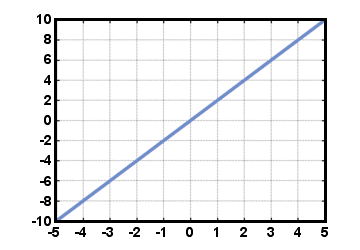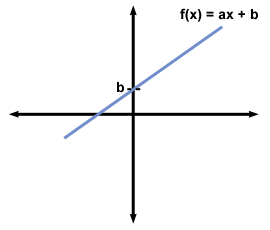Please wait while we process your payment
If you don't see it, please check your spam folder. Sometimes it can end up there.
If you don't see it, please check your spam folder. Sometimes it can end up there.
Please wait while we process your payment

By signing up you agree to our terms and privacy policy.
Don’t have an account? Subscribe now
Create Your Account
Sign up for your FREE 7-day trial
By signing up you agree to our terms and privacy policy.
Already have an account? Log in
Your Email
Choose Your Plan
Individual
Group Discount
Save over 50% with a SparkNotes PLUS Annual Plan!
 payment page
payment page
Purchasing SparkNotes PLUS for a group?
Get Annual Plans at a discount when you buy 2 or more!
Price
$24.99 $18.74 /subscription + tax
Subtotal $37.48 + tax
Save 25% on 2-49 accounts
Save 30% on 50-99 accounts
Want 100 or more? Contact us for a customized plan.
 payment page
payment page
Your Plan
Payment Details
Payment Summary
SparkNotes Plus
You'll be billed after your free trial ends.
7-Day Free Trial
Not Applicable
Renews July 12, 2025 July 5, 2025
Discounts (applied to next billing)
DUE NOW
US $0.00
SNPLUSROCKS20 | 20% Discount
This is not a valid promo code.
Discount Code (one code per order)
SparkNotes PLUS Annual Plan - Group Discount
Qty: 00
SparkNotes Plus subscription is $4.99/month or $24.99/year as selected above. The free trial period is the first 7 days of your subscription. TO CANCEL YOUR SUBSCRIPTION AND AVOID BEING CHARGED, YOU MUST CANCEL BEFORE THE END OF THE FREE TRIAL PERIOD. You may cancel your subscription on your Subscription and Billing page or contact Customer Support at custserv@bn.com. Your subscription will continue automatically once the free trial period is over. Free trial is available to new customers only.
Choose Your Plan
This site is protected by reCAPTCHA and the Google Privacy Policy and Terms of Service apply.
For the next 7 days, you'll have access to awesome PLUS stuff like AP English test prep, No Fear Shakespeare translations and audio, a note-taking tool, personalized dashboard, & much more!
You’ve successfully purchased a group discount. Your group members can use the joining link below to redeem their group membership. You'll also receive an email with the link.
Members will be prompted to log in or create an account to redeem their group membership.
Thanks for creating a SparkNotes account! Continue to start your free trial.
We're sorry, we could not create your account. SparkNotes PLUS is not available in your country. See what countries we’re in.
There was an error creating your account. Please check your payment details and try again.
Please wait while we process your payment

Your PLUS subscription has expired
Please wait while we process your payment
Please wait while we process your payment

Functions

This graph is a line with y-intercept 0 and slope 2. The function f has the inverse g : R→R defined by g(x) = x/2.
The function denoted by f (x) = 2x may also be thought of as a function from the integers to the integers. It is not, however, a function from the real numbers to the integers, because when you put in a real number, you do not always get out an integer. For example, f (1/4) = 1/2, and 1/2 is not an integer.
(2) As an example of a more exotic function, let us construct a function from the set of names of the days in a week to the set of letters in the alphabet. We define the function g to take in the name of a day in the week and to give out the first letter in that name. For example, g(Wednesday) = W, and g(Sunday) = g(Saturday) = S. While this example shows how general the concept of a function is, for the rest of this course we will focus on functions from some subset of the real numbers to the real numbers.
In this section, we review the basic properties of the elementary functions studied in pre-calculus courses. These functions will be our main focus when applying the tools of differentiation and integration, so it is crucial to be familiar with them. The elementary functions include the linear, polynomial, rational, power, and trigonometric functions.
We already saw one example of a linear function above, f (x) = 2x. A general linear function (so called because its graph is a line) has the form f (x) = ax + b, where a and b are real numbers. The number a is called the slope of f and indicates how steeply inclined is the graph of f. The number b is called the $y$-intercept of f and is equal to f (0), the value of the function when its graph intersects the vertical axis, or the y-axis. This is illustrated in the figure below:

All linear functions are invertible. The inverse of f (x) = ax + b is the function g(x) = (1/a)x + (- b/a), which also happens to be linear. Check that g is indeed an inverse for f.
Please wait while we process your payment

